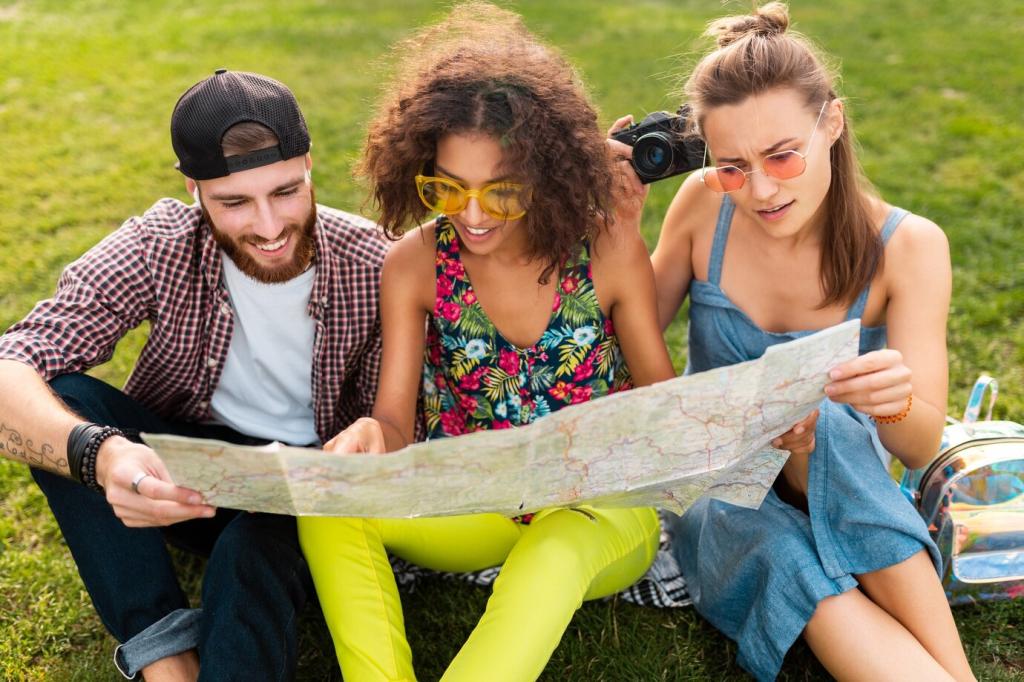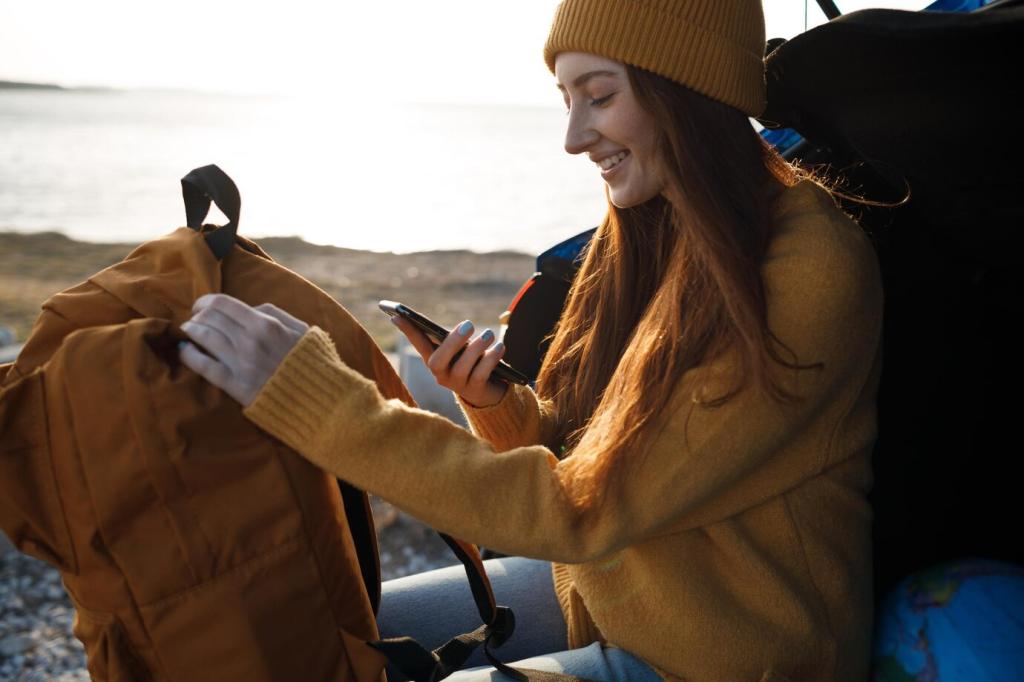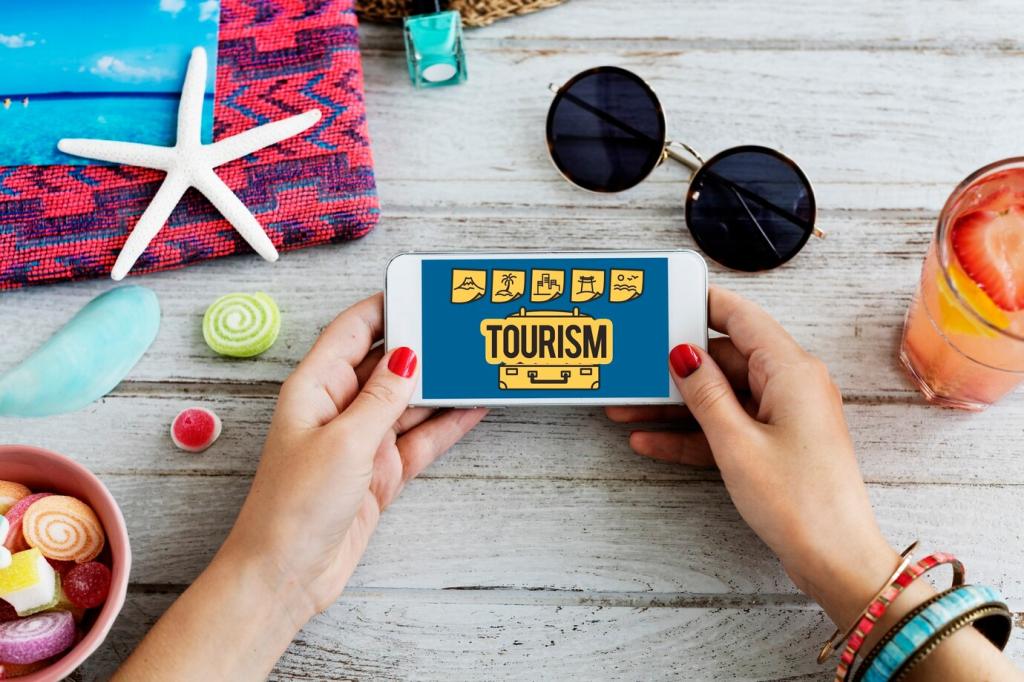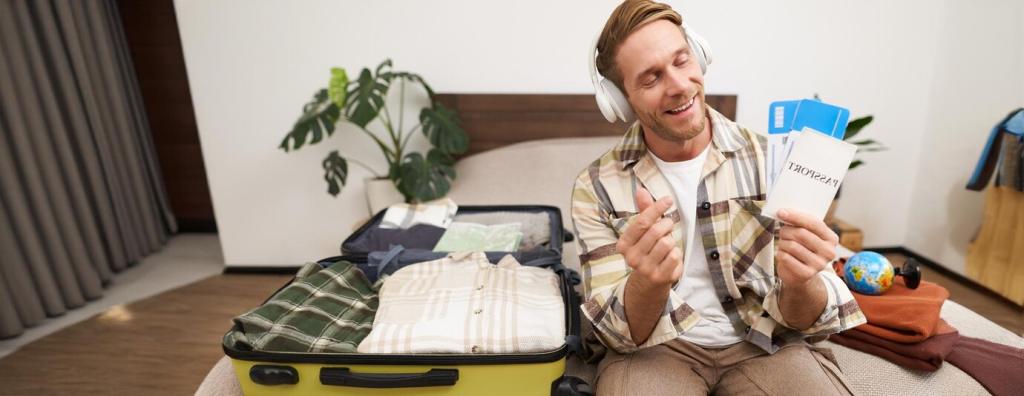
Safety Tips for Solo Long-Weekend Adventure Travelers
Chosen theme: Safety Tips for Solo Long-Weekend Adventure Travelers. Pack curiosity, not fear. Over three spirited days, you can roam farther, feel braver, and return smarter—when safety becomes your lightest, most reliable gear. Subscribe for fresh, field-tested guidance and share your own tried-and-true safety rituals.

Start with local advisories, trail conditions, and seasonal risks like early snow, wildfire smoke, or flash floods. Check daylight hours and permit rules, note emergency numbers, and map nearby clinics. A compact itinerary with essential addresses and coordinates becomes priceless if connections drop or timelines shift unexpectedly.

Send your route, timing, and check-in schedule to a friend who agrees to act if you miss a message. Include an “if-not-heard-by” time, vehicle details, and lodging info. Use tracking features sparingly to protect privacy, but keep a printed card in your pocket for responders.

Confirm your insurance covers hiking, cycling, paddling, or rental vehicles. Photograph IDs, cards, and reservations; store copies offline and in encrypted cloud folders. Keep a paper backup of key numbers in case your phone dies. A ten-minute prep today can save hours of stress later.
Pack Light, Pack Safe
Essential Safety Kit
Carry a whistle, headlamp with spare batteries, compact first-aid kit, blister care, emergency blanket, lighter, and a small roll of tape wrapped around a water bottle. Add a power bank and short cable. These tiny tools turn inconveniences into manageable detours instead of day-ending crises.
Clothing and Visibility
Wear moisture-wicking layers, a warm mid-layer, and a weatherproof shell. Bright colors and reflective bands help drivers and rescuers spot you fast at dawn or dusk. Don’t forget sun protection, a brimmed cap, and bug repellent; comfort directly reduces risky decisions made under stress.
Anti-Theft Packing Techniques
Use lockable zippers and a lightweight cable lock for hostel bunks or train racks. Keep a decoy wallet with a few small bills and tuck cash deeper. Label gear discreetly, add a discreet tracker, and stick your phone number inside your bag for honest finders.


Navigation and Weather Awareness
Download offline maps, save GPX routes, and learn basic compass bearings. Keep a printed map in a zip bag. Once, a foggy ridgeline hid trail markers; a simple bearing kept the path true while my phone conserved battery. Redundancy turns surprise into solvable navigation.
Navigation and Weather Awareness
Check forecasts from reliable sources, then set a personal turn-around time before you begin. The 30/30 lightning rule helps you gauge storm distance. If winds rise or clouds build anvils, descend early. Ending with energy in reserve is a victory, not a compromise.
Safe Stays: Camps, Hostels, and Rentals
Read reviews that mention lighting, staff presence, lockers, and neighborhood noise. Scan maps for transit, grocery, and clinic proximity. Favor properties with clear check-in instructions and reliable door codes. A well-located stay turns late arrivals and early departures into smooth, low-risk transitions.
Safe Stays: Camps, Hostels, and Rentals
Inside a room, latch everything, use a door wedge, and note the nearest exit route. While camping, pick established sites, store food in bear boxes, and pitch away from dead branches. Keep a headlamp and essentials in one grab bag so evacuating at night is simple.

Situational Awareness and Communication
Adopt a relaxed but alert mindset—eyes up, earbuds low, posture open. Notice exits, lighting, and bystanders who feel trustworthy. Practice quick mental what-ifs, like where you’d step if a crowd surges. Intuition is data compiled fast; if something feels off, it usually is.
Situational Awareness and Communication
Prepare phrases that end conversations politely but firmly. Create space by stepping toward light or staff. A smile is optional; clarity is essential. Once, a persistent vendor backed off when I named my boundary, pointed to a café camera, and walked inside confidently without rushing.


Hydration and Water Safety
Estimate water needs by terrain and temperature, then carry purification tablets or a compact filter. Sip consistently and add electrolytes in heat or long climbs. Watch for overhydration too; balance matters. A collapsible bottle becomes your light, flexible ally during tight daypacks.
Food That Works on the Move
Pack simple, durable snacks: nuts, jerky, fruit chews, and salty crackers. Add a sandwich and a spare meal in case plans stretch. If you have allergies, print a clear card in the local language. Predictable energy keeps decisions steady and feet happy mile after mile.
Rest, Recovery, and Pace
Guard your sleep like gear. Set alarms for gentle wind-downs, stretch tight hips, and choose sunrise starts over risky night finishes. Time caffeine to early hours, not late evenings. You will enjoy more views—and make better calls—when your brain is rested and calm.

